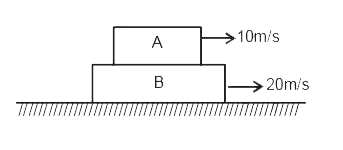Two objects A and B are moving on a rough surface as shown in figure. Object A has greater velocity than B, then

A experiences more frictional force than B
B experiences more frictional force than A
Both experience same frictional force
Cannot be said because data is insufficient.
The correct Answer is:B
Force of friction depends on the mass of the object.
Topper's Solved these Questions
- FRICTION Book:SCIENCE OLYMPIAD FOUNDATION Chapter:FRICTION Exercise:Achievers Section (HOTS)
Explore 3 Videos
- FORCE AND PRESSUREBook:SCIENCE OLYMPIAD FOUNDATION Chapter:FORCE AND PRESSUREExercise:ACHIEVERS SECTIONS (HOTS)
Explore 5 Videos
- LIGHTBook:SCIENCE OLYMPIAD FOUNDATION Chapter:LIGHTExercise:ACHIEVERS SECTION (HOTS)
Explore 5 Videos
Similar Questions
Knowledge Check
Two objects A and B are moving with the same velocity. The mass of object A is twice that of B. The ratio of the kinetic energy of A to that B, (KA/KB) will be _______.
A4B2C1D12Two objects A and B are thrown upward simultaneously with the same speed. The mass of A is greater than the mass of B. Suppose their exerts a constant and equal force of resistance on the two bodies.
AThe two bodies will reach the same heightBA will go higher than BCB will go higher than ADAny of the above three may happen depending on the speed with which the objects are thrownThe position-time graph of an object moving in a straight line is shown below. The object has zero velocity at
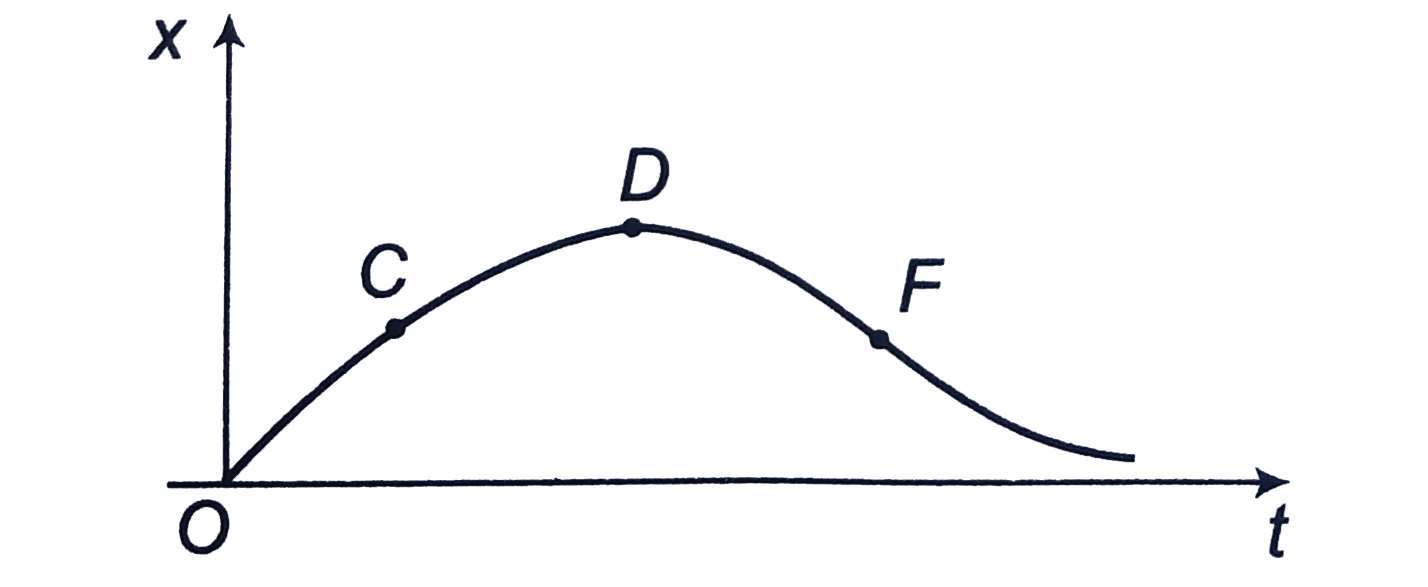 AOBCCDDF
AOBCCDDF
Two objects A and B are thrown upward simultaeously with the same speed. The mass oif A is greater than the mass of B. Suose the ir exerts a constant and equal force of resitance on the two bodies.
View SolutionA small object of mass 'm' is moved over a rough, curved surface as shown. The force which moves it along the dotted path shown is always tangential to the curved path. If the object moves with negligible speed, find the work done by the force F in moving it from A to B. The coefficient of friction between the object and the curved surface is μ.
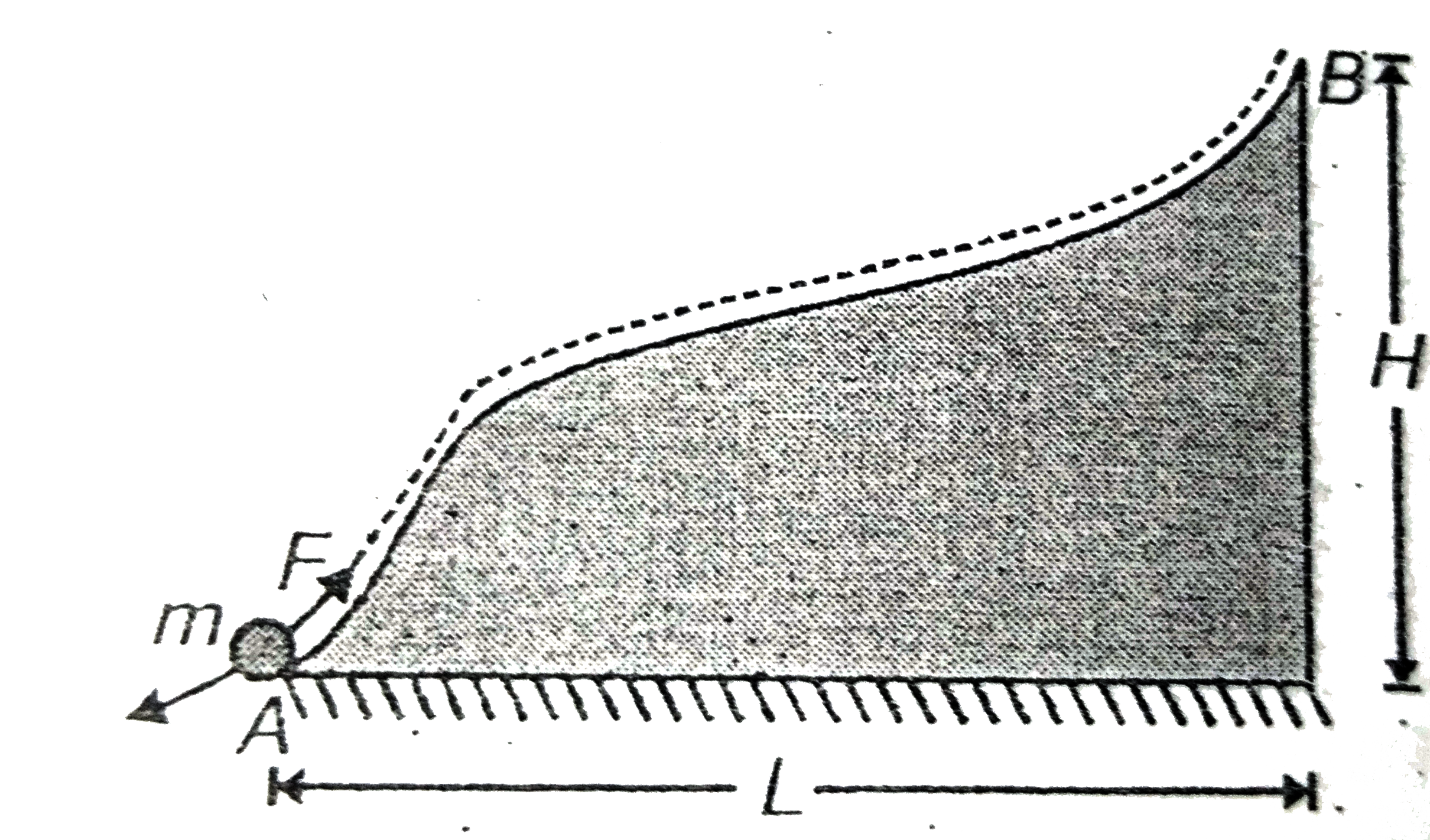
View SolutionThe velocity (u)-time (t) graph of an object moving along a straight line is as shown is Fig. 2 (b) . 30. Calculate the distance covered by object between (i)t=0→t=5s (ii) t=0→t=10s.
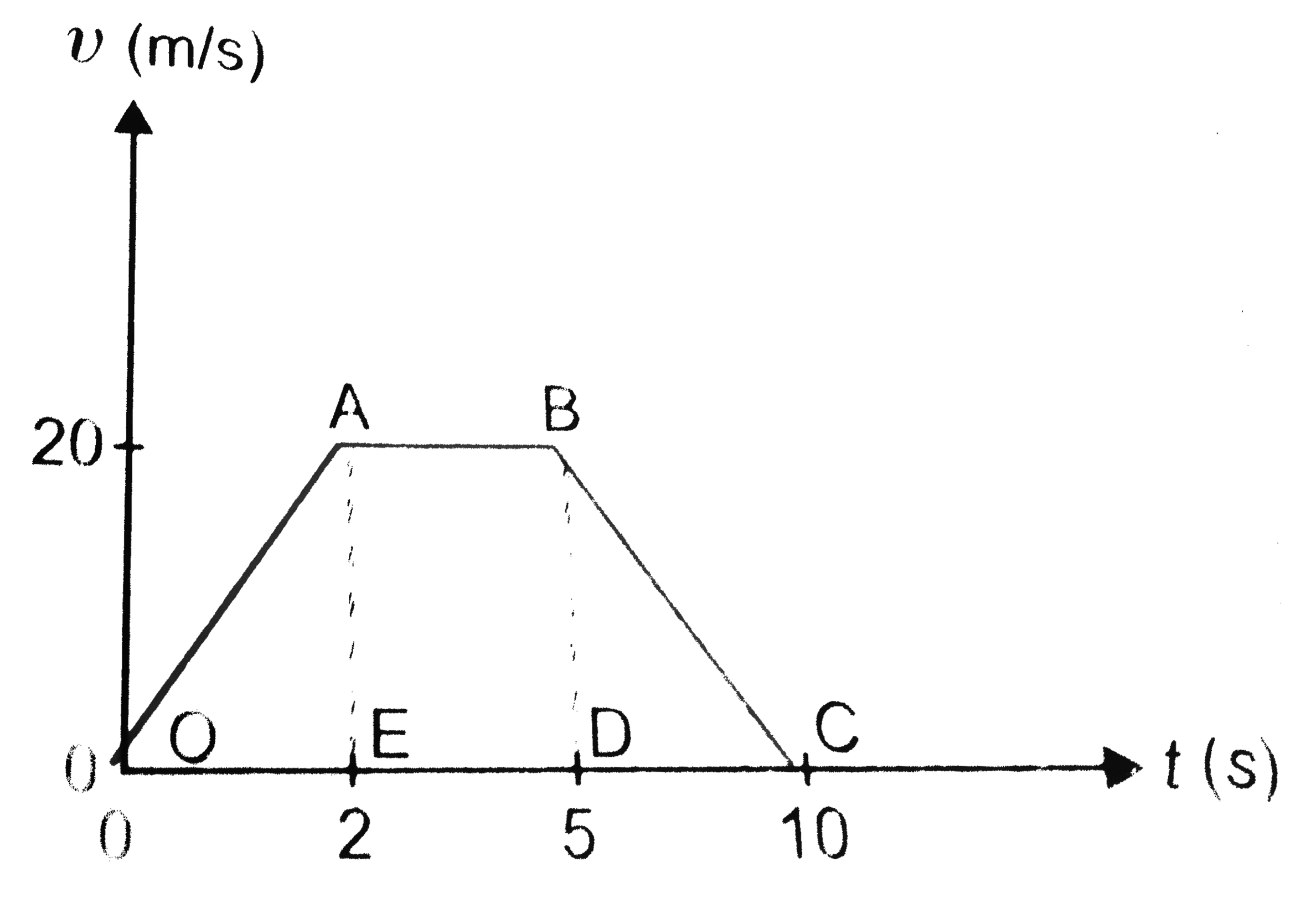 .
.
View SolutionThe velocity (u)-time (t) graph of an object moving along a straight line is as shown is Fig. 2 (b) . 30. Calculate the distance covered by object between (i)t=0→t=5s (ii) t=0→t=10s.
 .
.
View SolutionThe graph of an object’s motion (along the x-axis) is shown in the figure.The instantaneous velocity of the object at points A and B arevA and vB respectively. Then
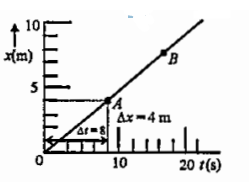
View Solution
 ,
, 